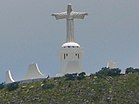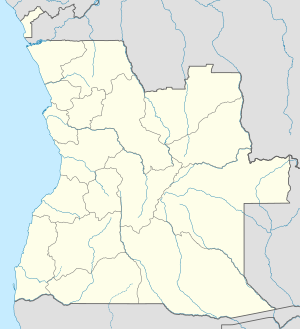
Luanda is the capital and largest city of Angola. It is Angola's primary port, and its major industrial, cultural and urban centre. Located on Angola's northern Atlantic coast, Luanda is Angola's administrative centre, its chief seaport, and also the capital of the Luanda Province. Luanda and its metropolitan area is the most populous Portuguese-speaking capital city in the world and the most populous Lusophone city outside Brazil. In 2020 the population reached more than 8.3 million inhabitants.
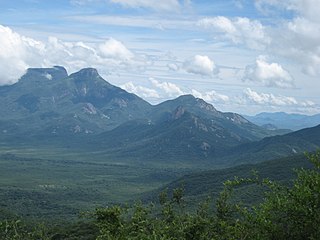
Huíla is a province of Angola. It has an area of 79,023 square kilometres (30,511 sq mi) and a population of 2,497,422. Lubango is the capital of the province. Basket-making is a significant industry in the province; many make baskets out of reeds.

Moçâmedes is a city in southwestern Angola, capital of Namibe Province. The city's current population is 255,000. Founded in 1840 by the Portuguese colonial administration, the city was named Namibe between 1985 and 2016. Moçâmedes has a cool dry climate and desert vegetation, because it is near the Namib Desert.

Namibe Province is a province of Angola. Under Portuguese rule it was the Moçâmedes District. It has an area of 57,091 km2 and had a 2014 census population of 495,326. The port and city of Moçâmedes is the capital of the province with a population of 250,000 in 2014. Iona National Park lies within the province.
Caconda is a town and a municipality in the province of Huíla, Angola. The municipality had a population of 167,820 in 2014.
Ondjiva, formerly Vila Pereira d'Eça, is a town, with a population of 121,537 (2014), and a commune in the municipality of Cuanhama, province of Cunene, Angola. It is also the administrative capital of Cunene Province and is located at the extreme south of the country, about 42 kilometres (26 mi) from the border with Namibia. It was traditionally the seat of the Ovambo king of the Oukwanyama tribe. Ondjiva was greatly affected by the Angolan Civil War (1975-2002).

Rail transport in Angola consists of three separate Cape gauge lines that do not connect: the northern Luanda Railway, the central Benguela Railway, and the southern Moçâmedes Railway. The lines each connect the Atlantic coast to the interior of the country. A fourth system once linked Gunza and Gabala but is no longer operational.
Chiange is a town and commune in the municipality of Gambos, province of Huíla, Angola.
Jamba is a town and a municipality, with a population of 105,090, in the province of Huíla, Angola.

Railway stations in Angola include:

Angola is located on the western Atlantic Coast of Southern Africa between Namibia and the Republic of the Congo. It also is bordered by the Democratic Republic of the Congo and Zambia to the east. The country consists of a sparsely watered and somewhat sterile coastal plain extending inland for a distance varying from 50 to 160 km. Slightly inland and parallel to the coast is a belt of hills and mountains and behind those a large plateau. The total land size is 1,246,700 km2 (481,400 sq mi). It has an Exclusive Economic Zone of 518,433 km2 (200,168 sq mi).
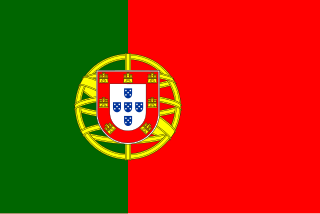
In southwestern Africa, Portuguese Angola was a historical colony of the Portuguese Empire (1575–1951), the overseas province Portuguese West Africa of Estado Novo Portugal (1951–1972), and the State of Angola of the Portuguese Empire (1972–1975). It became the independent People's Republic of Angola in 1975.
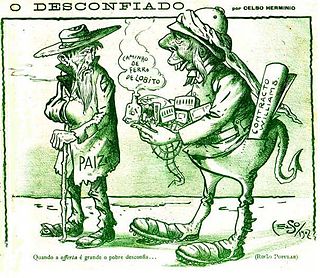
The history of rail transport in Angola began during the nineteenth century, when Angola was a colony of Portugal. It has involved the construction, operation and destruction of four separate, unconnected, coast-to-inland systems, in two different gauges. Operations on three of those systems have been largely restored; the other system has been closed.

The South African Railways Class NG9 4-6-0 of 1915 was a narrow-gauge steam locomotive.
Clube Ferroviário da Huíla, formerly Clube Ferroviário de Sá da Bandeira, is an Angolan sports club based in the city of Lubango, Huíla Province.
The Campeonato Nacional Sénior Feminino, currently inactive, is the top tier women's clubs competition in Angola. In 1997, a national championship was organized in Lubango, Huíla for the first time and on an experimental basis. Blocos FC, a team from Luanda was the winner.
The 2014 Taça de Angola was the 33rd edition of the Taça de Angola, the second most important and the top knock-out football club competition in Angola, following the Girabola. Benfica de Luanda beat defending champions Petro de Luanda 1–0 in the final to secure its first title.
Mandume ya Ndemufayo University is a public university in Lubango, Angola, established in 1963 named after the late Kwanyama King Mandume ya Ndemufayo. The university emerged from the dismemberment of the Lubango campus of the Agostinho Neto University in the midst of the reforms in Angolan higher education that occurred in the years 2008 and 2009.
Grupo Desportivo Interclube da Huíla or simply Inter da Huíla, is an Angolan sports club from the city of Lubango.
